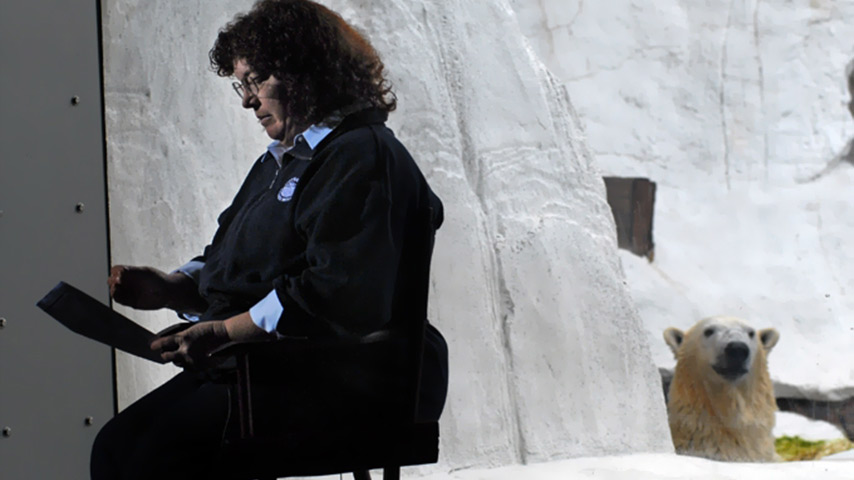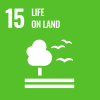
Polar Bear Dens
 Oil and gas activities on Alaska’s North Slope overlap spatially with polar bear (Ursus maritimus) maternal denning habitat and temporally with the peri-partum and emergence periods. Noise associated with these activities can be substantial and concerns regarding the effects on polar bears have been acknowledged. But the secluded and ephemeral nature of subnivean maternal dens renders the measurement of behavioral and physiological responses of bears to noise exposure challenging, except for rare cases when disturbance-prompted den abandonment has been documented. These limitations, coupled with the uncertainty associated with the synergistic effects of anthropogenic activities on bears in a rapidly changing Arctic, prompt the need to develop predictive models of disturbance to ensure management guidelines effectively mitigate disturbance. Towards this end, we characterized noise propagation from 9 sources (2 aircraft, 2 over-tundra tracked vehicles, 4 wheeled on-road vehicles, and humans walking) used to support industrial activities around artificial snow dens near Milne Point, Alaska, USA, in March–April 2010. We built dens in 4 configurations to mimic variability in den roof thickness and to evaluate differences in noise propagation from when the den was closed compared to being open, similar to den emergence. We integrated these data with an existing polar bear audiogram and developed models to predict auditory-detection probabilities as a function of distance from the den. The results reinforce the importance of maintaining buffer zones around polar bear dens to minimize the potential for den disturbance. © 2020 The Wildlife Society.
Oil and gas activities on Alaska’s North Slope overlap spatially with polar bear (Ursus maritimus) maternal denning habitat and temporally with the peri-partum and emergence periods. Noise associated with these activities can be substantial and concerns regarding the effects on polar bears have been acknowledged. But the secluded and ephemeral nature of subnivean maternal dens renders the measurement of behavioral and physiological responses of bears to noise exposure challenging, except for rare cases when disturbance-prompted den abandonment has been documented. These limitations, coupled with the uncertainty associated with the synergistic effects of anthropogenic activities on bears in a rapidly changing Arctic, prompt the need to develop predictive models of disturbance to ensure management guidelines effectively mitigate disturbance. Towards this end, we characterized noise propagation from 9 sources (2 aircraft, 2 over-tundra tracked vehicles, 4 wheeled on-road vehicles, and humans walking) used to support industrial activities around artificial snow dens near Milne Point, Alaska, USA, in March–April 2010. We built dens in 4 configurations to mimic variability in den roof thickness and to evaluate differences in noise propagation from when the den was closed compared to being open, similar to den emergence. We integrated these data with an existing polar bear audiogram and developed models to predict auditory-detection probabilities as a function of distance from the den. The results reinforce the importance of maintaining buffer zones around polar bear dens to minimize the potential for den disturbance. © 2020 The Wildlife Society.
Related Publications:
Owen, M.A., and A.E. Bowles. 2011. Auditory Psychophysics and the Management of a Threatened Large Carnivore, the Polar Bear (Ursus maritimus). International Journal of Comparative Psychology 24: 244-254.
